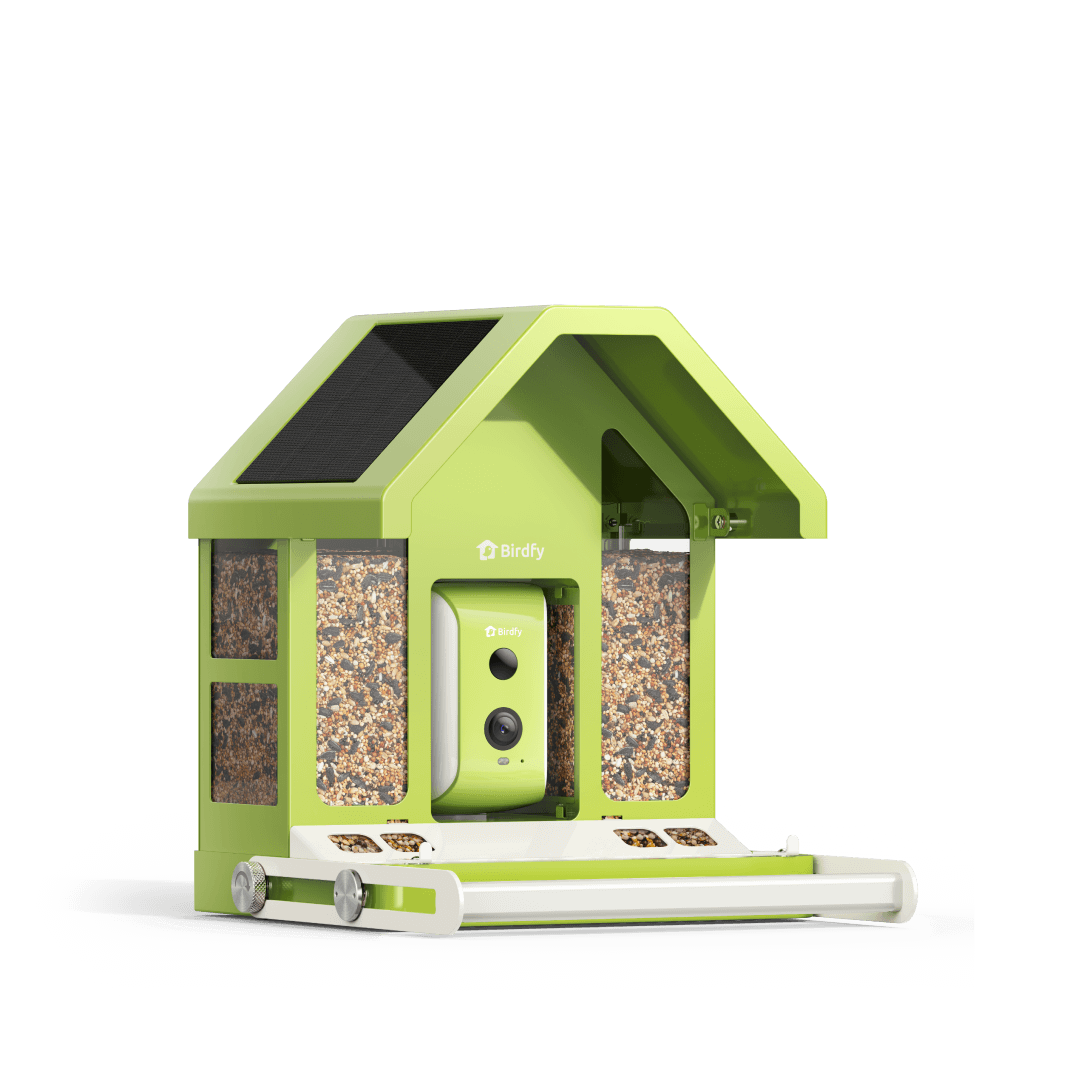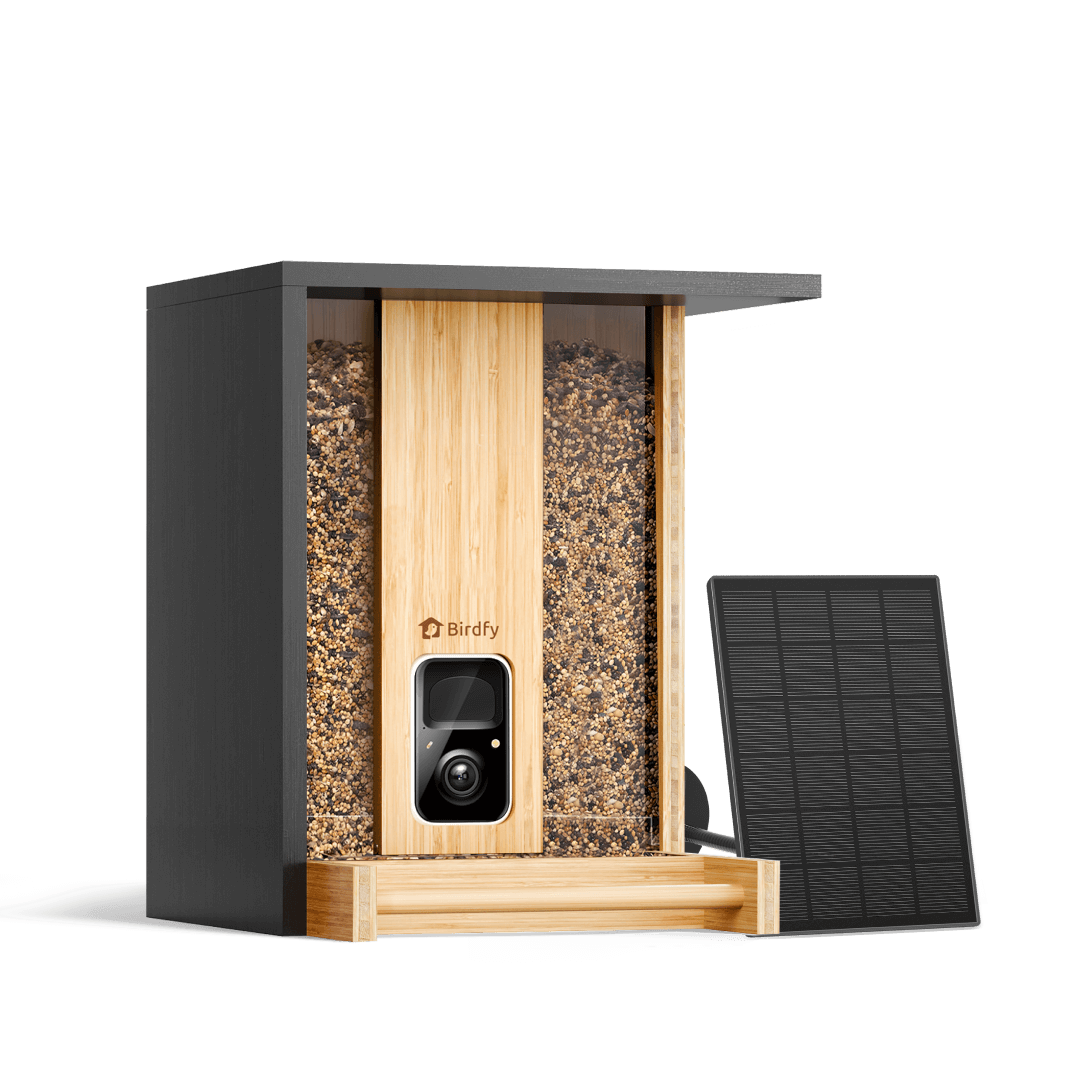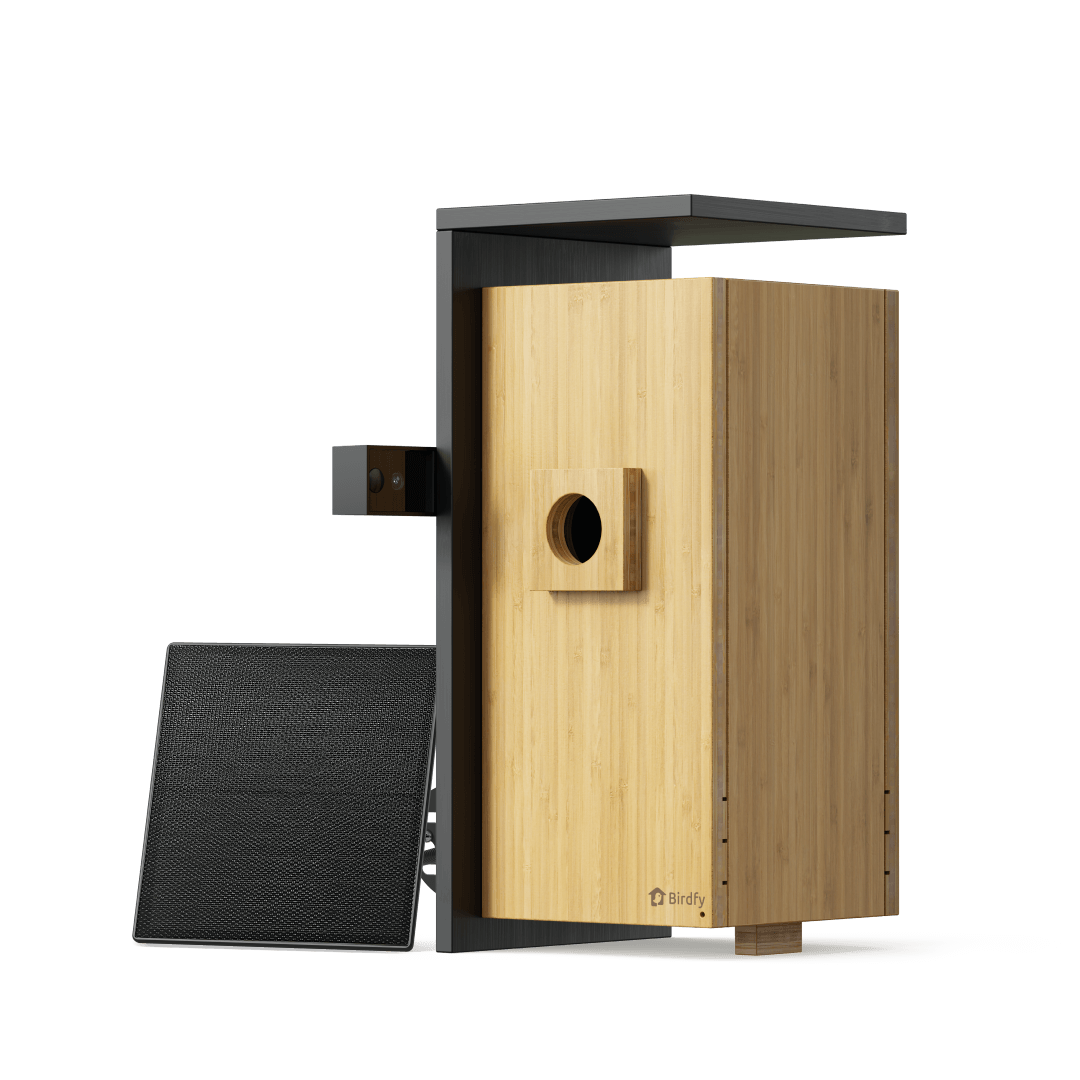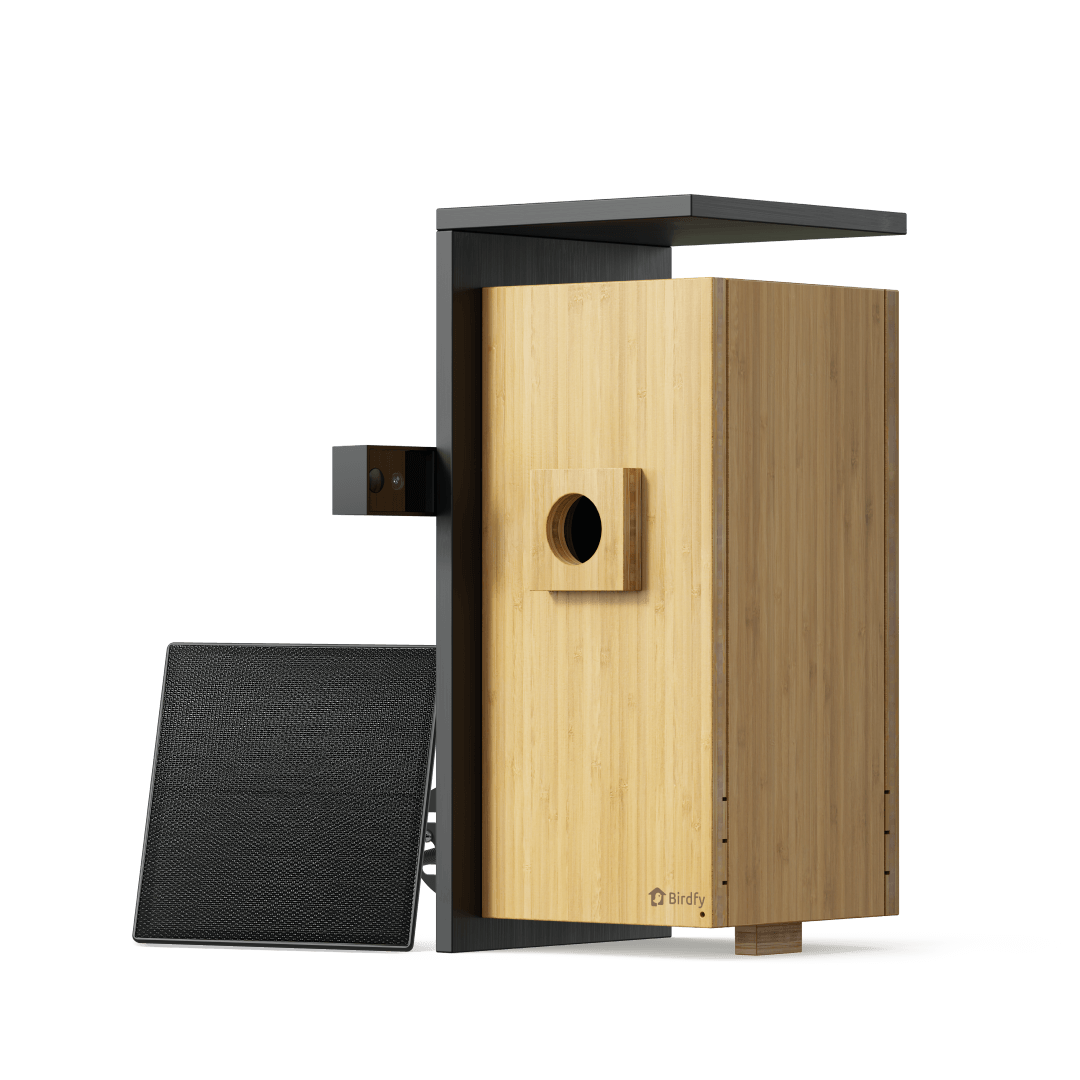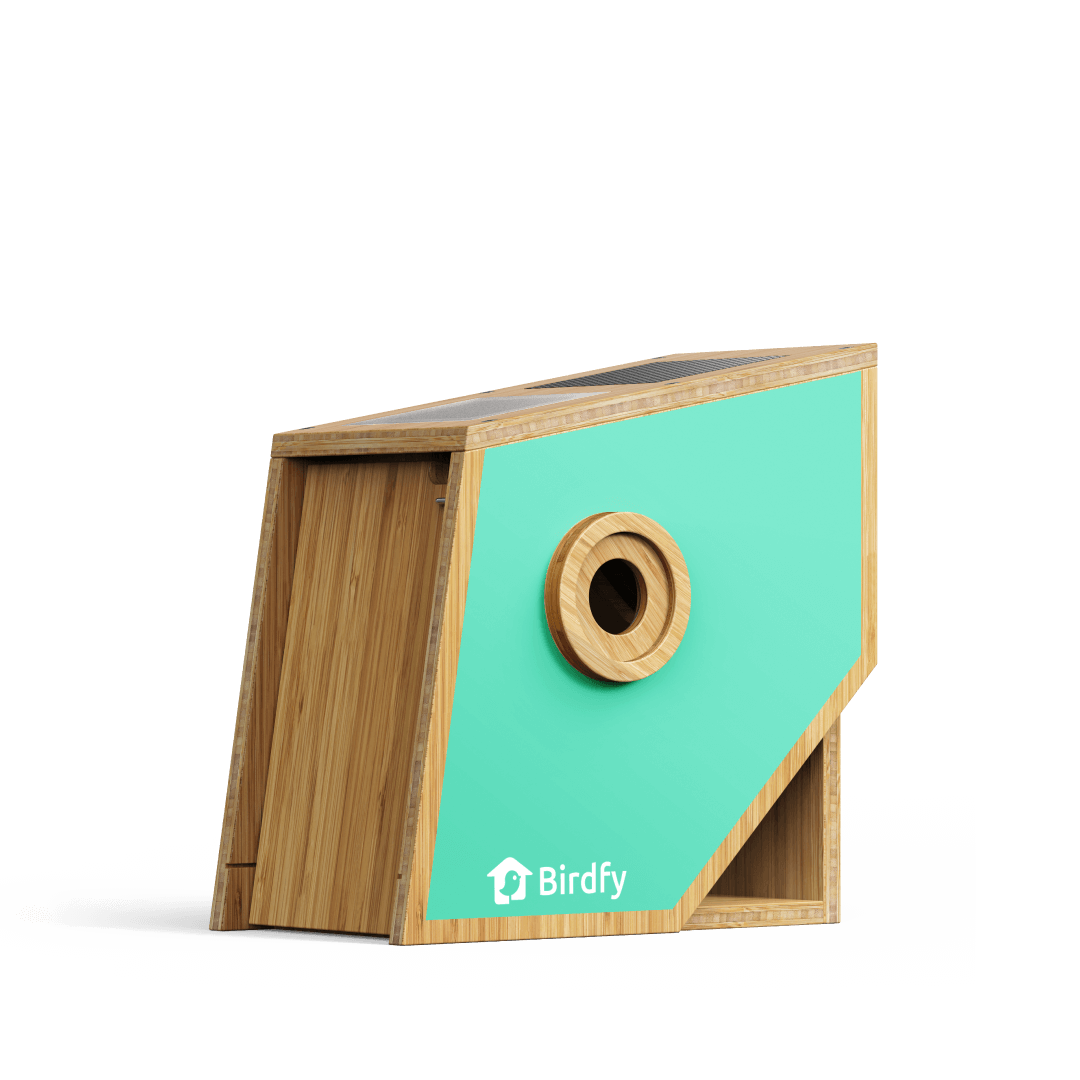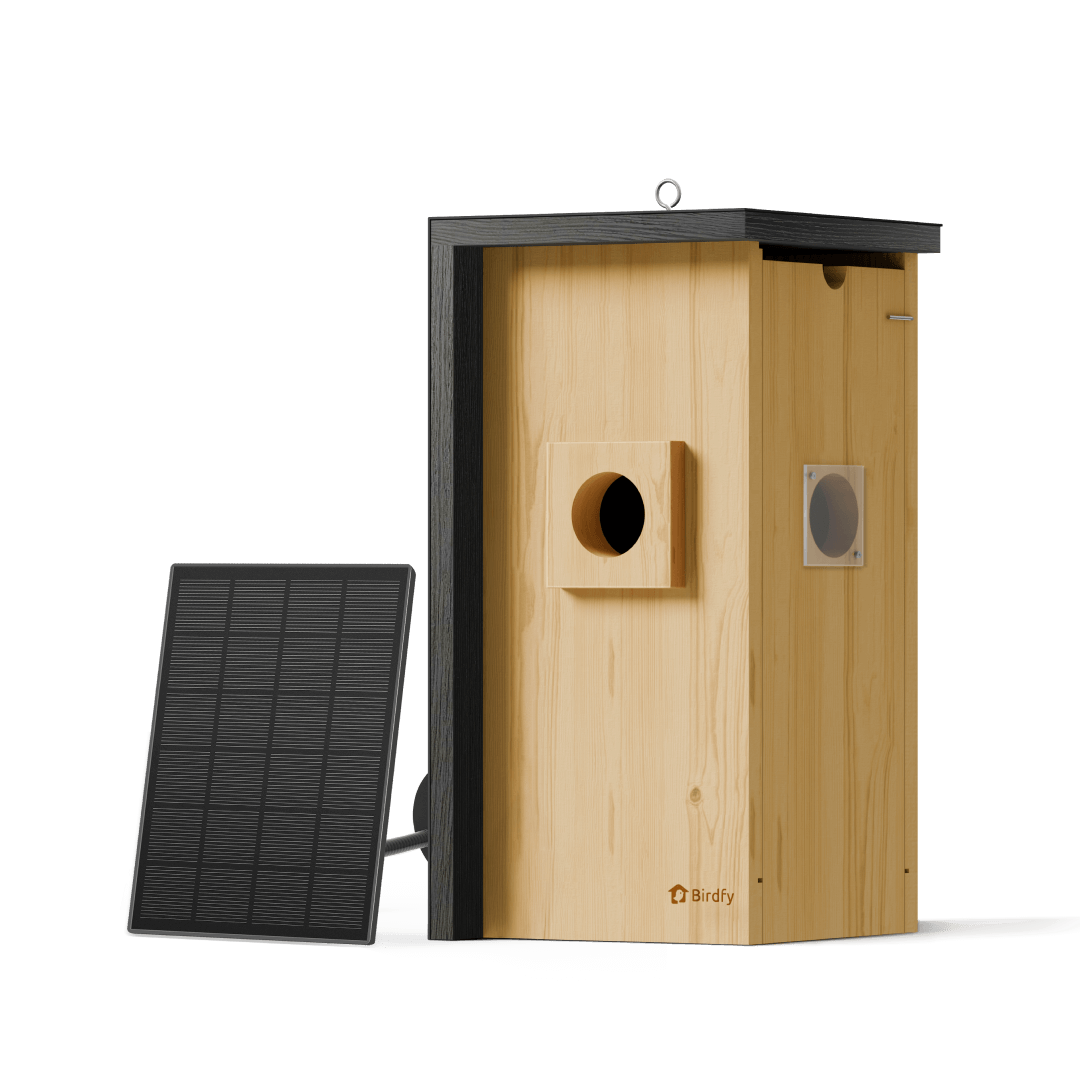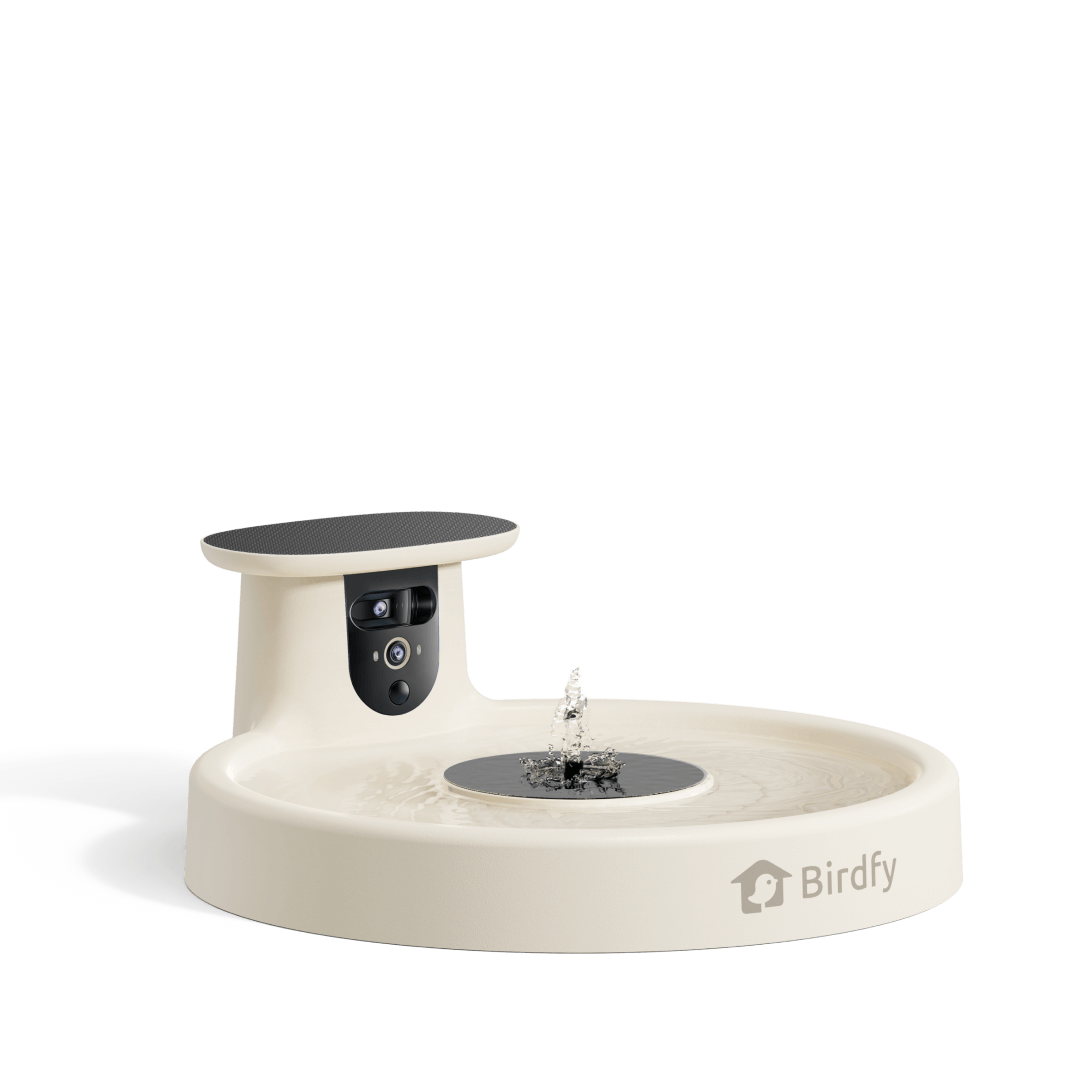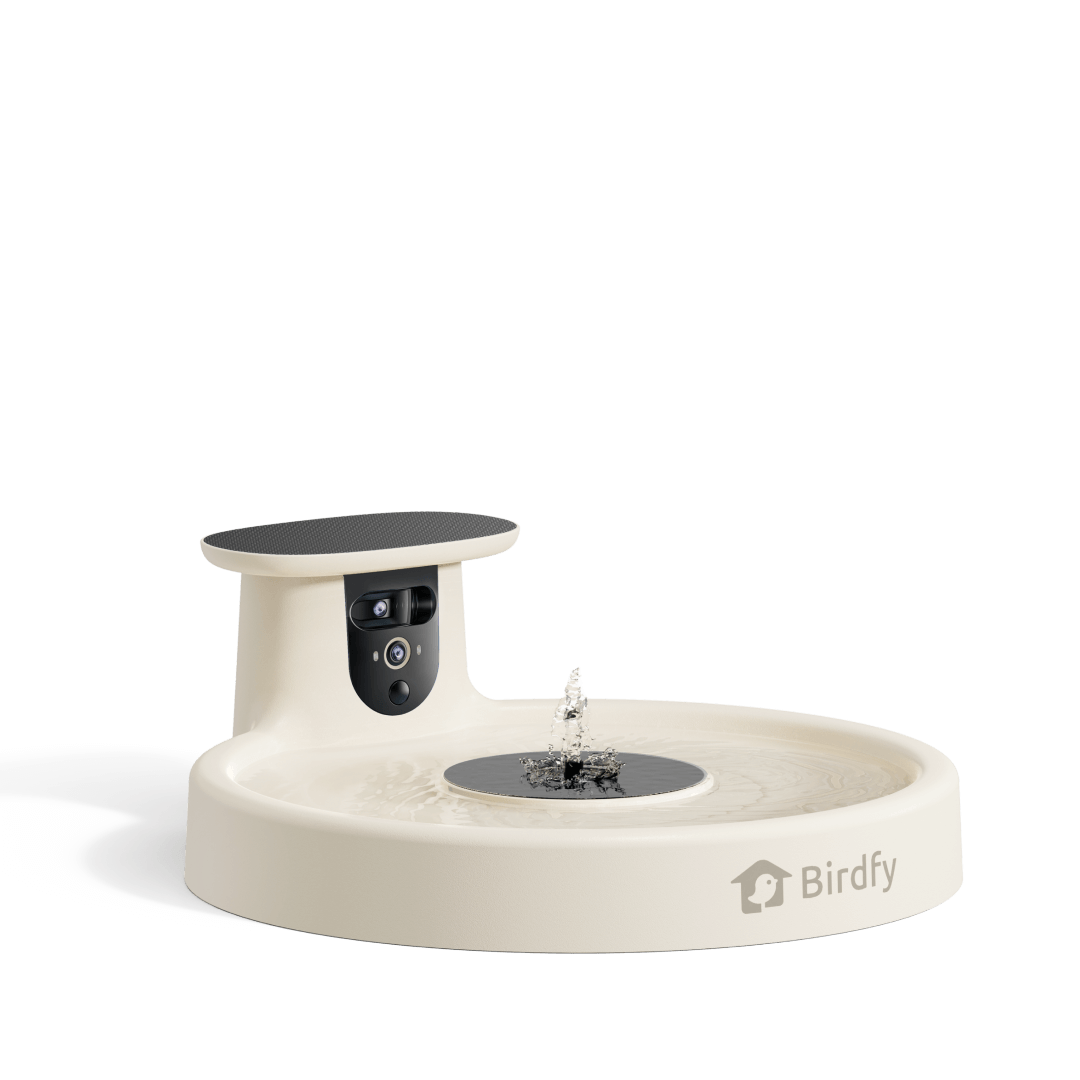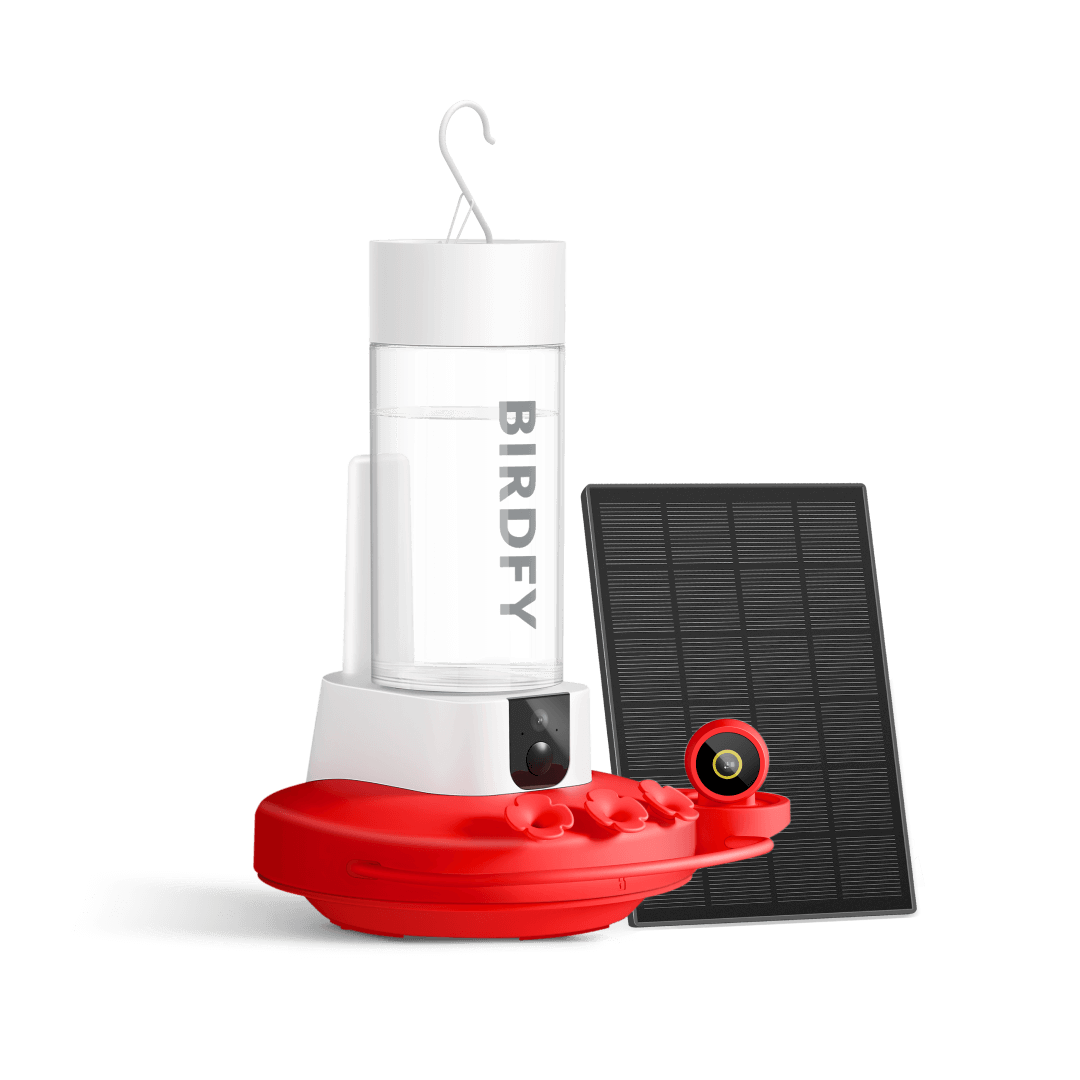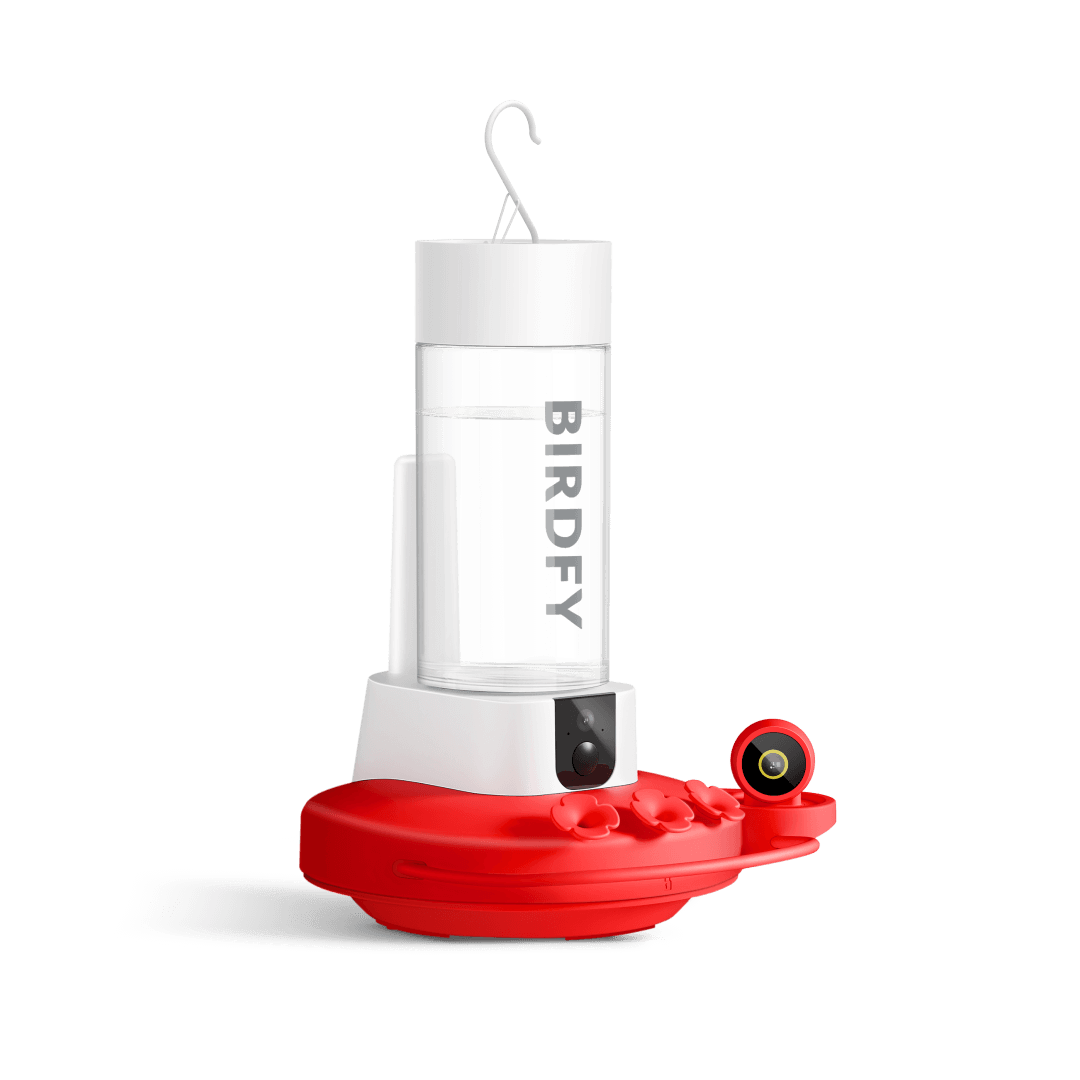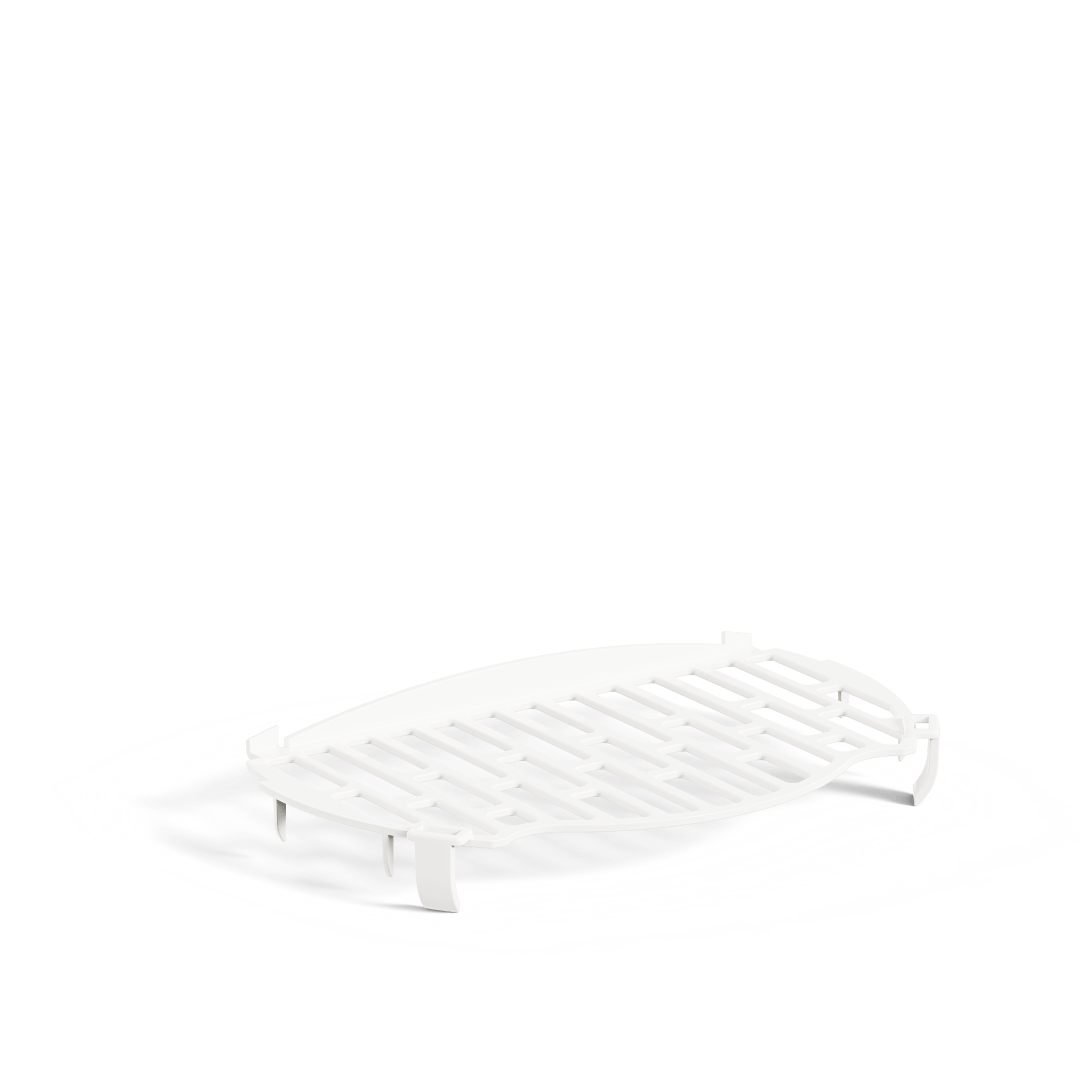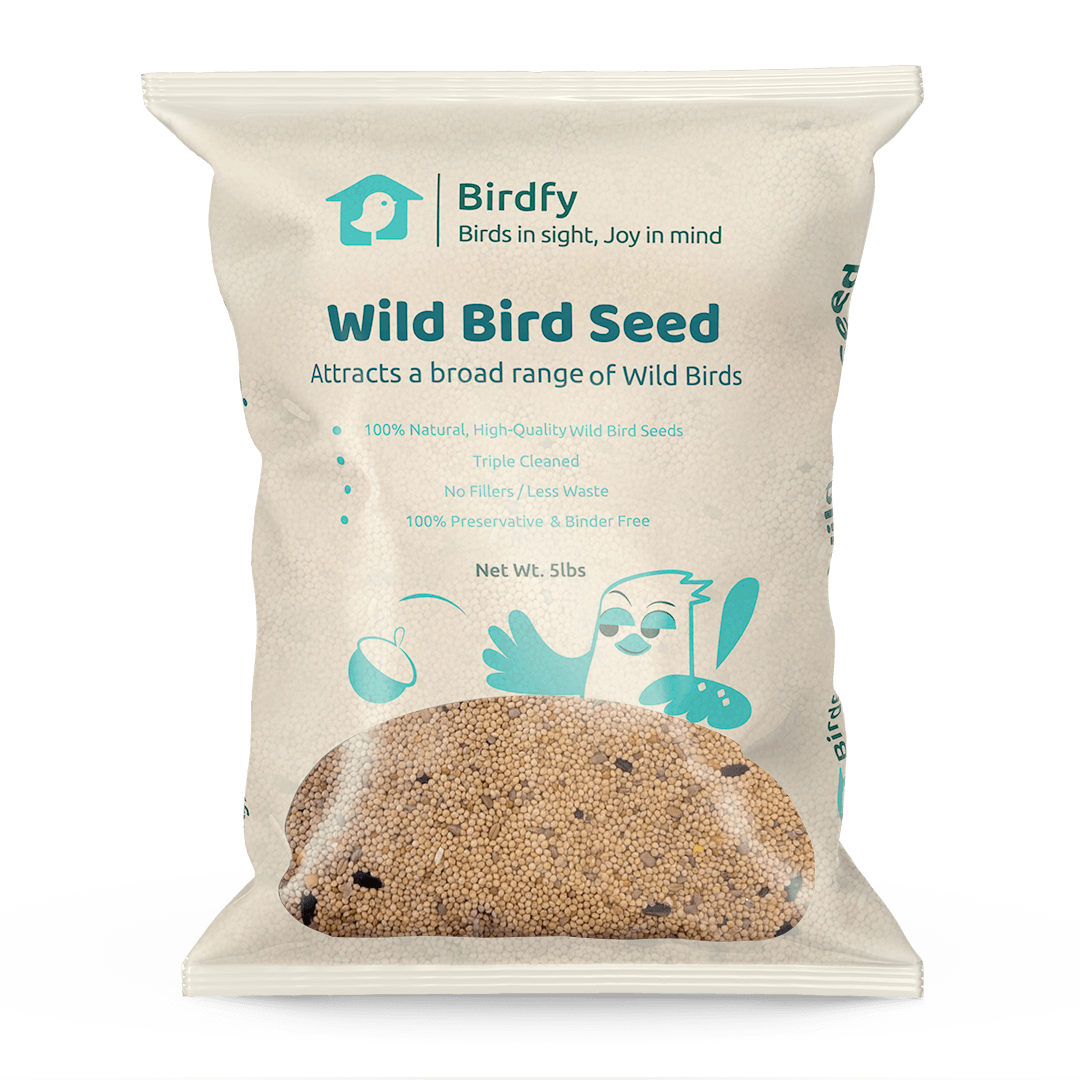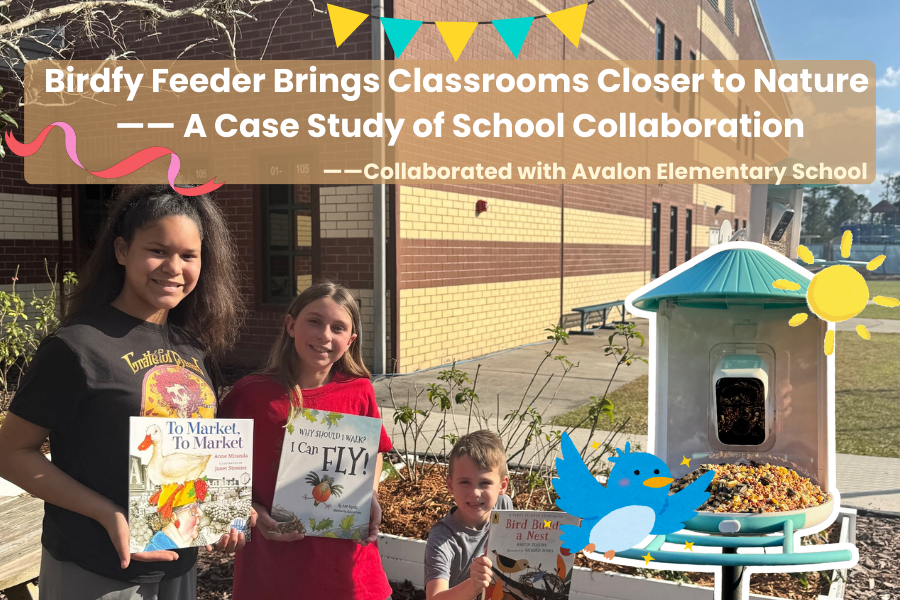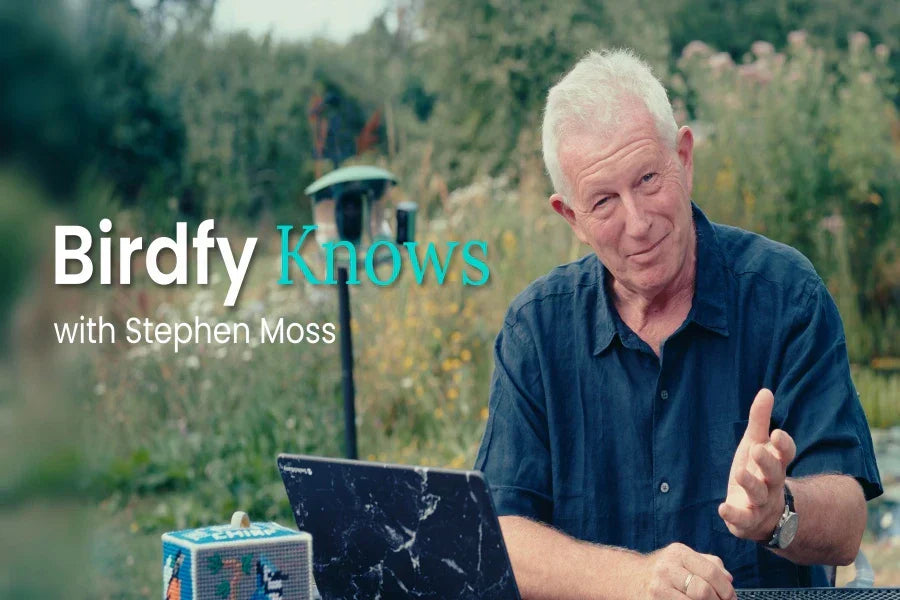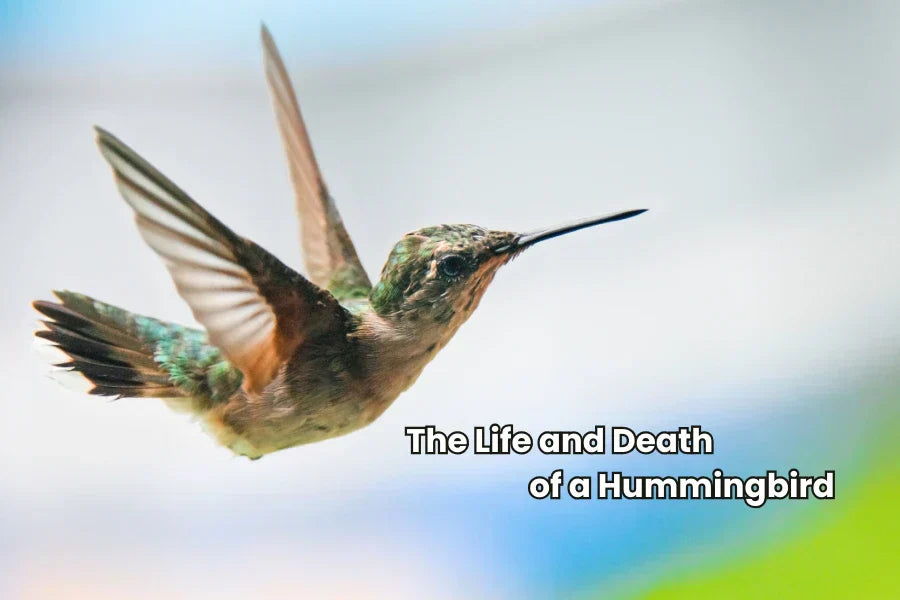10 Fascinating Facts About Robins: Everything You Need to Know About America’s Favorite Backyard Bird
| By Gary S. Locatelli

The American Robin is one of the most beloved and recognizable birds in North America. With its bright orange chest, cheerful song, and curious personality, this feathered friend is a favorite among birdwatchers and backyard nature lovers alike. But there’s more to robins than meets the eye.
Here are 10 fascinating facts about robins, including insights into their behavior, nests, eggs, life cycle, and why they seem so friendly to humans.
1. American Robin Characteristics: More Than Just a Pretty Chest
The American Robin (Turdus migratorius) is known for its vibrant orange breast, dark gray back, and sweet-sounding song. Males and females look similar, but males are usually more brightly colored. These medium-sized songbirds are about 9–11 inches long with a wingspan of up to 16 inches. They’re found across most of North America and are often considered the first sign of spring.
2. Why Are Robins So Friendly to Humans?
Robins are often seen hopping around lawns and gardens, seemingly unfazed by nearby humans. Their friendliness isn’t just coincidence—it’s a survival tactic. Robins associate people with freshly turned soil, which often reveals earthworms—a robin favorite! Over time, they’ve adapted to urban and suburban environments, becoming less skittish around people than other wild birds.
3. Robin Egg Facts: A Beautiful Blue Mystery
Robin eggs are famously sky blue, a color so iconic it’s often called “robin’s egg blue.” Females usually lay 3–5 eggs per clutch, and the eggs incubate for about 12–14 days. The blue pigment in the eggshell, called biliverdin, may help protect the developing embryos from sunlight. Robins usually lay eggs in spring and may have two or even three broods per season.
4. Robin Nest Facts: Built With Mud and Grass
A robin’s nest is a masterpiece of natural engineering. Females build the nest using grass, twigs, and mud, often attaching it to a tree branch, windowsill, or even on outdoor light fixtures. The mud helps hold the nest together, while soft grass lines the inside. It takes about 2–6 days to build a complete nest, and robins rarely reuse the same one.
5. Robin Habitat Facts: Found Just About Everywhere
American robins are highly adaptable and can thrive in a variety of habitats. They are commonly found in:
- Woodlands and forests
- Parks and backyards
- Suburban lawns and golf courses
They prefer areas with open ground for foraging and trees or shrubs for nesting. During migration and winter months, they may gather in flocks in wooded areas or fruit-bearing trees.
6. Robin Life Cycle Facts: From Egg to Independence
The robin life cycle begins with the egg. After hatching, baby robins (nestlings) are completely dependent on their parents. They stay in the nest for about 13 days, after which they become fledglings—able to leave the nest but still reliant on parents for food. By 2–3 weeks after fledging, young robins begin to forage independently and join flocks.
7. Robins Are Early Birds—Literally
If you’ve ever noticed birds singing just before sunrise, chances are robins are leading the chorus. American robins are known for starting their songs before dawn, especially during breeding season. Their loud, musical “cheerily, cheer up, cheer up, cheerily, cheer up” is a staple of early mornings in spring and summer.
8. Robins Are Omnivores
While most people associate robins with earthworms, they also eat a wide variety of insects, beetles, and berries. In summer, insects make up most of their diet, while in colder months they rely on fruit like crabapples, holly berries, and serviceberries to survive.
9. Robins Are Partial Migrants
Not all robins migrate! While many head south in the fall, some stick around in northern regions if food (especially fruit) is abundant. Winter robins often gather in large flocks in wooded areas, making them harder to spot than in spring when they’re out on lawns.
10. Robins Are a Symbol of Spring and Renewal
Because they’re among the first birds to sing in the spring and return north, robins are often seen as a symbol of renewal, new beginnings, and hope. Their presence is so cherished that they’ve become a cultural icon in poems, songs, and even as the state bird of Connecticut, Michigan, and Wisconsin.
Final Thoughts
Whether they’re singing at sunrise, bouncing across your lawn, or caring for a nest of sky-blue eggs, robins bring energy and life to every season. Understanding more about American robin characteristics, their friendly nature, and the robin life cycle helps us appreciate these backyard birds even more.
So next time you spot a robin, take a moment to admire not just its beauty—but also its resilience, adaptability, and role in the ecosystem.
Share



